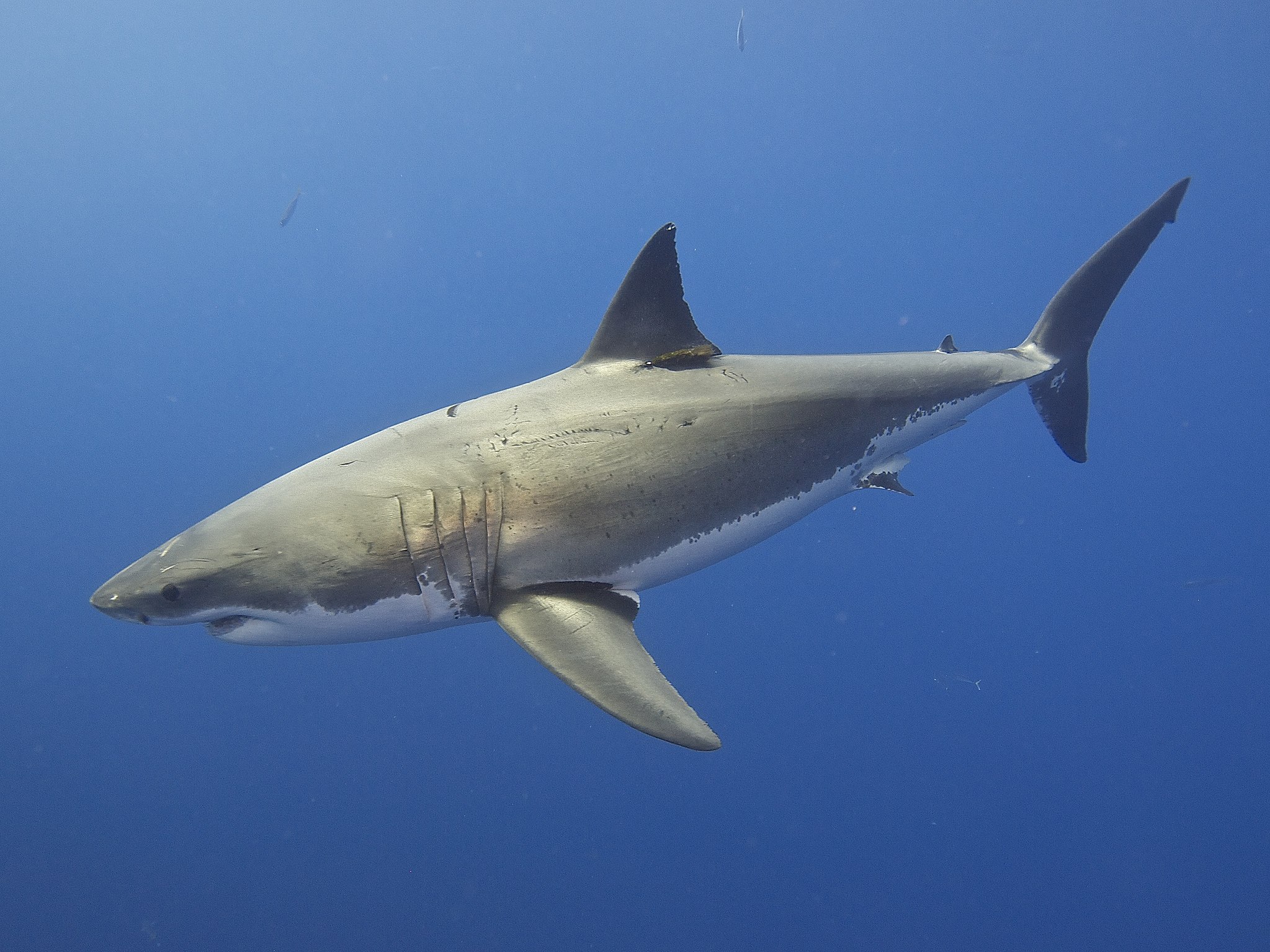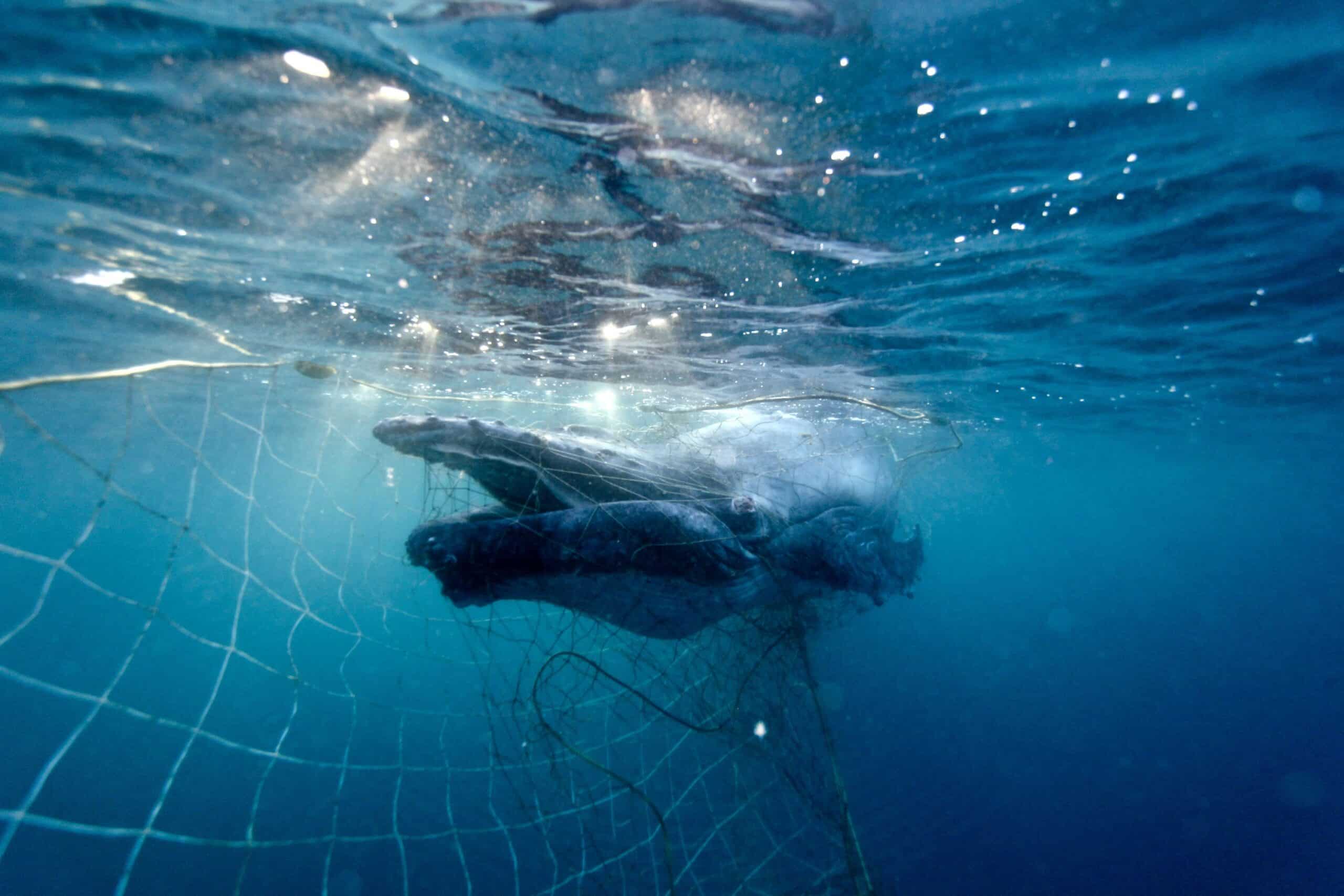Research shows that Australia’s great white sharks are highly related to each other and may consist of fewer than 500 breeding animals. SYDNEY, 24 June 2025: Latest research has found Australia’s great white shark population is much smaller than expected, increasing their vulnerability to further population threats. The population...
This past week, I have been in my element at a virtual gathering of the Oceania region’s experts in the science of sharks and rays. At a conference hosted by the Oceania Chondrichthyan Society , many accomplished and world-renowned researchers took to Zoom to share their recent work including Colin Simpfendorfer, Cassie Rigby and a plenary delivery by Dr Shelley Clarke.
Dr Clarke opened with some thought-provoking questions – Can we prove recent conservation ‘successes’? If scientists aren’t fact-checking, who is? And how do we get policymakers to care? All important considerations for academics studying one of the world’s most threatened groups of animals…
Assoc Prof Colin Simpfendorfer summarised a fascinating study on the global status of coral reef sharks and rays. Pulling together data from 370 reefs in 58 countries, this is the most comprehensive study on reef sharks ever compiled. The results were a sobering reminder of the state of sharks on coral reefs with 20% of reefs surveyed recording no sharks, meaning the apex predators had become ecologically extinct in these areas. But it’s not all doom and gloom as marine protected areas, fishing controls, and improved governance was found to be able to significantly improve reef shark status in areas where they are properly implemented.
Dr Cassie Rigby provided a teaser for an upcoming publication on global shark population and extinction risk trends. Due to be released imminently, the study summarised research from all corners of the planet, quantifying that 25% of all sharks and rays are threatened with extinction, primarily due to overfishing and bycatch impacts. Fortunately, rising awareness has driven a recent increase in shark conservation actions, but only limited resources have been allocated to ensure that actions translate into actual conservation outcomes. The work will be reflected in the upcoming IUCN Redlist assessments.
WA Fisheries research scientist Dr Matias Braccini presented a new study on reconstructing historical recreational and unreported commercial shark fishing to better understand the impact of fishing on WA’s shark populations. Key findings included that recreational catches were 10 times smaller than commercial catches, but that reconstructed catches were 57% greater than those derived from official statistics. These findings have great implications for the future of shark fishing management in WA.
Of specific interest to HSI and our campaigns against lethal shark culling – presentations at the conference included studies with relation to shark bite mitigation in Australia.
Kristin Hoel from James Cook University analysed global shark safety guidelines and applied scientific scrutiny to some of the most popular strategies. She found that communities may not strictly adhere to advice if they don’t understand the scientific evidence behind them. While most of the universally presented guidelines (i.e. swim with a buddy) were general water safety advice, the guidelines associated with predator-prey interactions had the strongest scientific basis. These guidelines are things like “avoid swimming in areas where fishing or fish-cleaning are taking place,” or “avoid swimming near bait balls or where marine animals are actively feeding.” The study suggested that developing safety guidelines tailored to local regions, shark behaviour and ecology will provide the most effective advice to reduce shark bite risk.
Lastly, Kye Adams presented the idea of using stationary blimps as camera platforms for shark surveillance at popular beaches. As a socially acceptable alternative to shark nets, Kye assessed the ability of blimp surveillance to reduce shark/human interactions. He found detection probabilities of 93% by professional lifeguards in ideal swimming conditions. An improvement on the functional limitations of drone surveillance, continuous surveillance provided by stationary blimps can provide a reduction in shark bite risk, improving beach safety and reducing impacts on marine wildlife.
HSI is excited to utilise new research and forge relationships with the scientific community to achieve better conservation outcomes for threatened shark and ray species, improve the sustainability of Australia’s fisheries, and implement effective, non-lethal alternatives to shark culling.
Subscribe to stay informed with our regular blogs and campaign updates
A marine ecologist specialising in conservation, research and outreach, Lawrence has spent years working with wildlife, the ocean and the public to engender sustainable relationships between them. He has worked as a field biologist, environmental consultant, naturalist and project coordinator with a BA from the University of San Diego, and an MSc from James Cook University. Lawrence’s work at HSI is currently focused on shark welfare and protection, specifically in regards to culling and control programs, overexploitation, and international protection.


